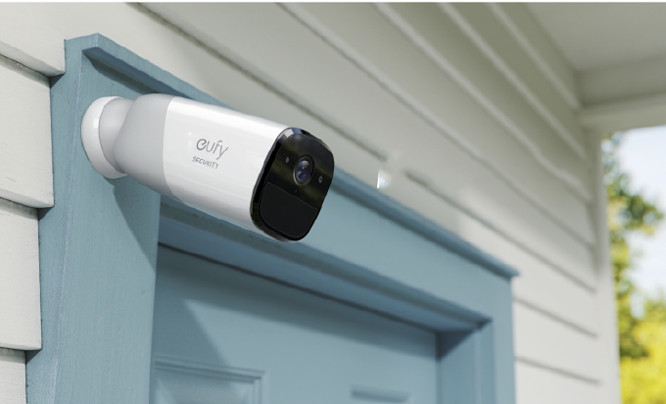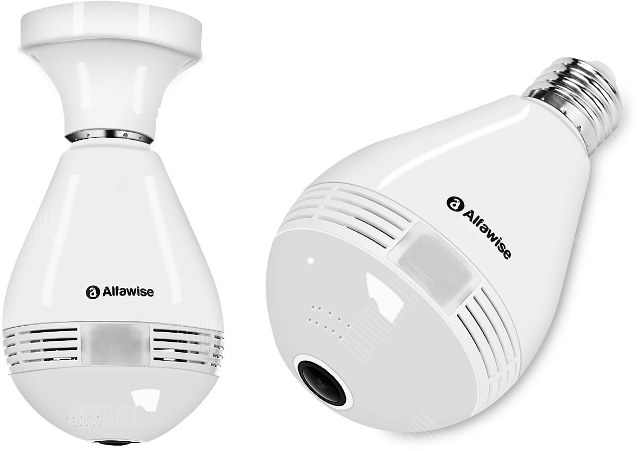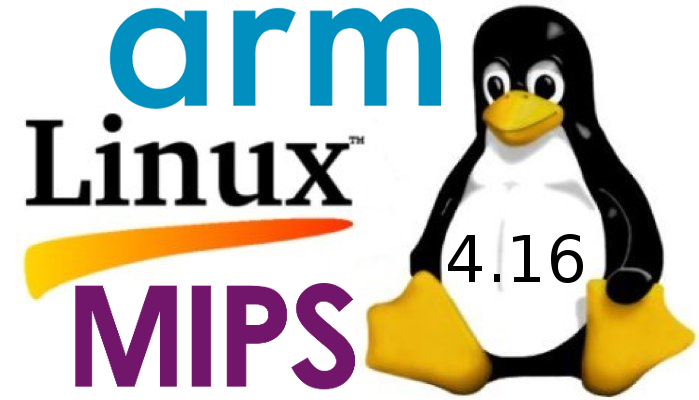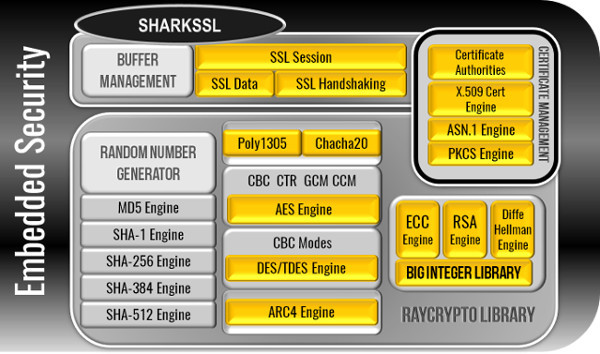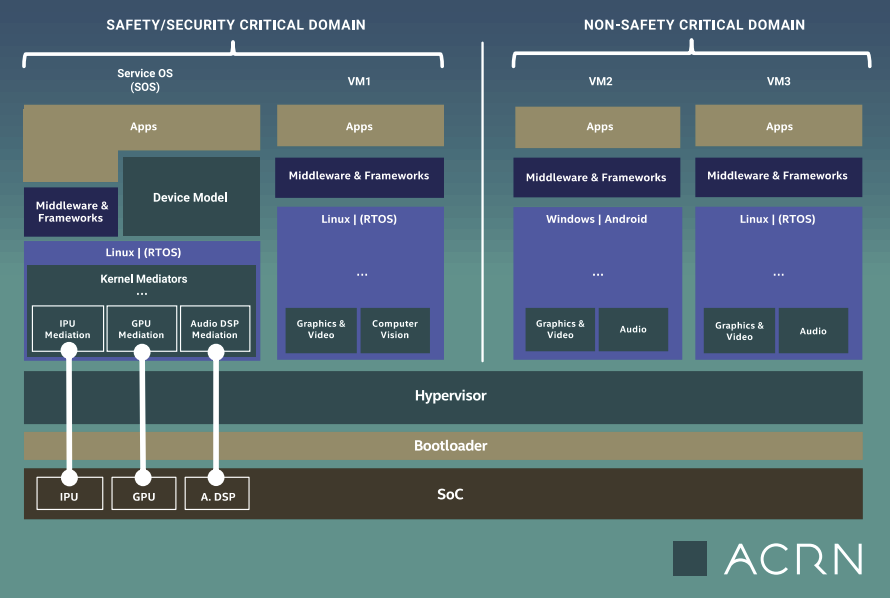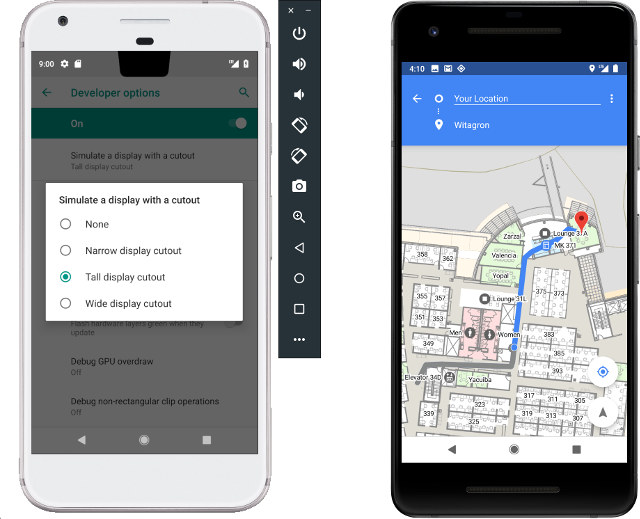Wired security cameras can be troublesome to installed due to the cabling required, but luckily there are solutions to avoid all those long cables with solar powered IP cameras, or battery powered IP cameras. A few years ago I wrote about Immedia Blink WiFi HD camera that claimed to last a year on a charge, and despite several complains on Kickstarter, they seem to still be in business. There’s now a more advanced model by Eufy – an Anker brand – that supports 1080p video recording with motion sensing and face recognition, that also lasts up to one year on a charge, and offers free storage. Eufy EverCam specifications: Resolution – 1080p Video Format – H.264 High profile Image Sensor – Sony Exmor IMX323, 1/2 9-inch Field of View (FoV) – 140° Night Vision Range – up to 10 meters Digital Pan & Zoom – Yes, up to 8x Motion […]
Alfawise JD-T8610-Q2 is Both a WiFi Light Bulb and 360° IP Camera
IP cameras and WiFi light bulbs are pretty common nowadays, but Alfawise JD-T8610-W2 combines both in a single device. The 3W white light bulb can be controlled with your Android/iOS smartphone to adjust the light, and a 360° camera with IR night vision is also built into the light bulb. Specifications: Camera + audio 1.3MP fisheye lens camera with 360° field of view (FOV) Built-in microphone and speaker Video / Audio format – H.264/AVI 960×960 @ 20 fps + audio (no format specified) Functions Interphone Motion detection up to 4 meters Night vision via 3 IR LEDs up to 8 meters Real-time video capture and recording Remote control Screenshot Storage – micro SD card slot up to 64GB Connectivity 802.11 b/g/n WiFi with WEP, WPA, WPA2 encryption, 10 meters range Protocols: DHCP, TCP/IP, RTSP Light – 3x 1W white light Power Supply – 110-240V via E27 socket (5V DC internally) […]
FUZE Bluetooth Credit Card is Vulnerable to Hacking over Bluetooth
FUZE Card is a Bluetooth enabled card with ePaper display that can store up to 30 real credit card. You’d program credit cards into it via Bluetooth Smart (BLE) using a smart phone app, and use it like a normal credit card while paying, after selecting the card you want to use. It’s more convenient than carrying many cards, and more secure since part of the number are hidden (shown as stars ****), so whoever get your card can’t easily make a copy of the information. A problem however is that according to ICE9 Consulting, there’s a security vulnerability that allows credit card numbers to be stolen via Bluetooth: CVE-2018-9119. The full details can be found on ICE9 blog post. They started to make a X-Ray to find out about the main components see (photo below), and the reverse-engineered the Bluetooth protocol using an Android smartphone, and software tools such as Burp […]
Embedded Systems Conference 2018 Schedule – IoT, Security, Artificial Intelligence, and More
The Embedded Systems Conference takes place each year in Boston, US in April or May. This year, the event will occur on April 18-19, and the organizers have published the schedule with 7 tracks: Advanced Technologies, Center Stage (free), Embedded Hardware Design & Verification, Embedded Software Design & Verification, IoT and Connected Devices, Keynotes (free) and Special Event (free). Even if you can’t attend, it’s always useful to have a look at the schedule to learn about potential industry developments. So I’ve made my own virtual schedule with some of the sessions I found relevant to this blog. Wednesday, April 18 8:00 – 10:00 – An Introduction to RTOS by Jean Labrosse (Software Architect, Silicon Labs) This tutorial will help you understand what RTOSs are and how they work so that you can make better use of their features. The class will explain what an RTOS is and why you […]
Linux 4.16 Release – Main Changes, Arm and MIPS Architectures
Linus Torvalds has just released Linux 4.16: So the take from final week of the 4.16 release looks a lot like rc7, in that about half of it is networking. If it wasn’t for that, it would all be very small and calm. We had a number of fixes and cleanups elsewhere, but none of it made me go “uhhuh, better let this soak for another week”. And davem didn’t think the networking was a reason to delay the release, so I’m not. End result: 4.16 is out, and the merge window for 4.17 is open and I’ll start doing pull requests tomorrow. Outside of networking, most of the last week was various arch fixlets (powerpc, arm, x86, arm64), some driver fixes (mainly scsi and rdma) and misc other noise (documentation, vm, perf). The appended shortlog gives an overview of the details (again, this is only the small stuff in […]
Real Time Logic Releases Web-based SharkSSL FreeRTOS/lwIP ESP8266 IDE
Real Time Logic claims SharkSSL is the smallest, fastest, and best performing embedded TLS v1.0/1.1/1.2 solution. It works with ColdFire, Kinetis K60, all the Cortex-M3 and -M4 processors, as well as Tensilica LX3 based ESP8266. The solutions can be tuned via compile-time options to a less than 20kB footprint that still supports full x.509 authentication. SharkSSL is a commercial solution, but the SDK is free to use for non-commercial projects. In order to simplify development on ESP826, the company has released the SharkSSL ESP8266 IDE running in a virtual machine, and providing a complete FreeRTOS and lwIP based development environment using a web based interface. Once you’ve downloaded the virtual machine image, you can start it in VirtualBox or VMWare with bridged networking enabled. The IP address of the virtual machine will be shown in the console, and you can use it in your favorite web browser in the host […]
ACRN is an Open Source Hypervisor Built for IoT Device Development
ACRN – pronounced “acorn” – is an open source reference hypervisor with a small footprint, real-time capabilities, adaptability with support for Linux, Android, and RTOS guest operating systems, built for safety critical code in mind, and specifically designed for IoT and embedded devices. The project is managed / supported by the Linux Foundation. A few more details about some of the key features of the solution: Two main components: the hypervisor itself, and its device model complete with rich I/O mediators managed by Linux-based Service OS (SOS). Small footprint – Approx. 25K lines of code (LOC) for ACRN hypervisor against 156K LOC for datacenter-centric hypervisors. Real Time – Low latency, enables faster boot time, improves overall responsiveness with hardware communication Adaptability – Multi-OS support for guest operating systems like Linux, Android, RTOSes… Safety Criticality – Safety critical workloads have priority, isolation of safety critical workloads Built for Embedded IoT – Virtualization […]
Android P Developer Preview Released with Indoor Positioning, Display Notch Support, HDR VP9 Video, and More
Google has just announced the release of the first developer preview for Android P mobile operating system, as the company is looking for feedback from developers who can use the official Android emulator, as well as images for Pixel, Pixel XL, Pixel 2, and Pixel 2XL devices for testing Google will take into account comments from developers before finalizing the APIs and features. That won’t be the only preview however, as the company plans to release other developer previews planned before the stable release at the end of the year, and Google aims to reveal more at Google I/O 2018 next week. Some of the interesting changes and new features found in Android P so far: Indoor positioning with Wi-Fi RTT (Round Trip Time) also known as 802.11mc WiFi protocol Display cutout support for some of the new phones with a notch Improved messaging notifications, for example highlighting who is […]


